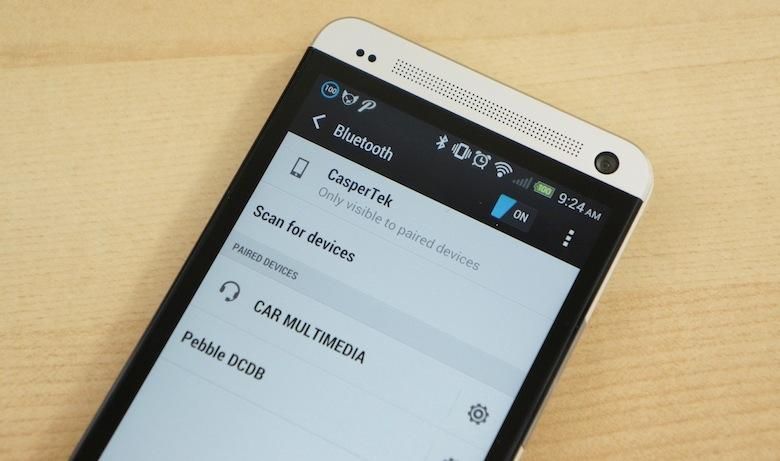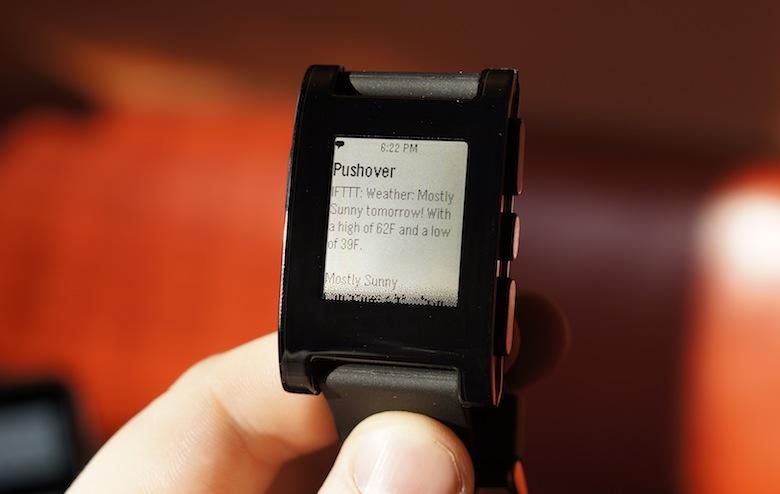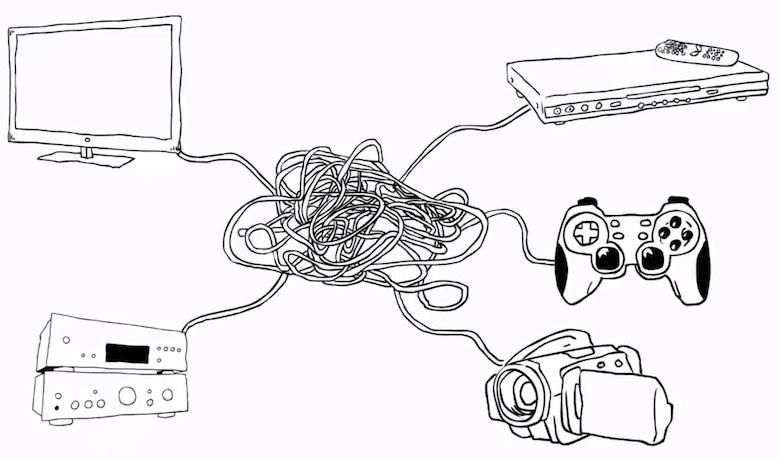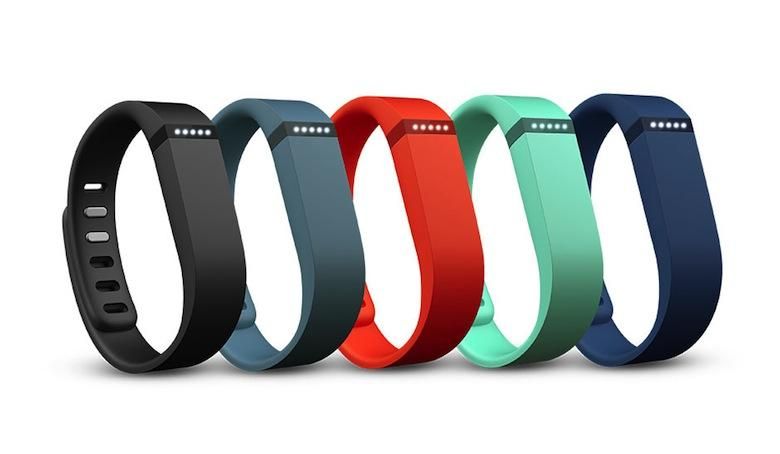Over the years, Bluetooth has become one of those terms you simply expect to see when reading through the specifications of a phone – any phone. It’s a given that most smart devices have it. Laptops, smartphones, tablets, and most wireless peripherals or connected accessories utilize Bluetooth in some way or another.
And the use cases for Bluetooth stretch far and wide. For many mobile users, although we like to take it for granted, it’s a necessity – an undervalued connection we give little to no thought to anymore.
That’s likely due to the stigmas surrounding the technology. It’s often perceived as an archaic, standard technology we only continue to use because it just works – after the sometimes painful process of setting it up, of course. Without integrated NFC, pairing two devices can be a chore at times, especially when two gadgets don’t want to play well together for no apparent reason; and it’s great for chewing through your battery faster.
While those are partial truths, the future for Bluetooth is actually quite bright. And the personal area network is about to blossom.
Bluetooth 3.0 delivered one much-needed improvements to the technology: data transfer speeds of up to 24Mbps. But just over one year later, the Bluetooth 4.0 became official. It’s the latest version of Bluetooth, as of June 2010, and will soon become standard in virtually all Bluetooth-equipped devices.
The question is: why should you even be excited?
Power efficiency
One of the main concerns with Bluethooth-powered accessories is the battery drain they cause on paired devices. Streaming music from your phone through a wired speaker draws significantly less power than streaming music via Bluetooth. And just having an idle Bluetooth device paired to your phone throughout the day can affect the battery life.
My phones generally had slightly better battery life before my Pebble arrived. And one of the biggest causes of battery drain on the Pebble itself is Bluetooth.
Peripheral devices won’t need to be charged often, only every few months or years.
Like the main focus of Bluetooth 3.0+HS was high speed, the primary feature of of Bluetooth 4.0 is Low Energy (BLE). The new version utilizes low-power protocols that will drastically improve the stamina of Bluetooth-enabled devices. From the Bluetooth Low Energy product page:
“Bluetooth v4.0 introduced low energy technology to the Bluetooth Core Specification, enabling new Bluetooth Smart devices that can operate for months or even years on tiny, coin-cell batteries.”
With Bluetooth 4.0, that Bluetooth keyboard you use that needs new batteries every couple months could likely last its entire life span on a single charge. A Bluetooth headset could last for weeks or months on a single charge, as could my Pebble, instead of needing to be recharged ever five to seven days.
Low-cost Bluetooth chips
The new single-mode chips are cheaper in price than previous iterations with all the advantages. We’re not going to go as far to say we may see disposable, single-use Bluetooth devices, but the benefits of a cheaper component are certainly great for all devices, manufacturers, and consumers.
Broader applications
Because of this newfound power efficiency and lower cost, the viability of new use cases and applications for Bluetooth are possible. Heart rate monitors and other sensors could be completely standalone and small enough to be unobtrusive.
Practically every consumer electronic device should have Bluetooth 4.0 included.
The possible use cases stretch far and wide, such as fitness and health, security, home entertainment, and even tracking sensors. Our own Joe Levi says dog, kid, or asset tracking, and remote monitors (weather stations, proximity sensors, contact sensors, motion sensors, light bulbs, etc.) are much more likely and feasible, thanks to BLE.
Say you attach a tiny, inconspicuous Bluetooth module to your kid’s key chain or belt loop. If you’re in a public place and they happen to run out of range, it could ping your phone and let your know the child has run off. Or say you walk out of your house without your Bluetooth-enabled briefcase or wallet. Your phone might notify you before you get to the car.
Of course, these are only a few examples of the vast possibilities.
Bluetooth … everywhere
Because of these two improvements, Bluetooth is about to drastically change. Many companies are beginning to equip Bluetooth devices with affordable NFC chips for quick, painless pairing. The battery drain concerns will be gone. And its use cases will be aimed more towards making your life better.
Tracking devices will be a dime a dozen. Health and fitness are only the tip of the iceberg.
No longer will Bluetooth be an undermined connection on a mobile device. It will likely become one of the driving forces that will continue to push smartphone innovation along at its current, breakneck pace.
Many devices already have Bluetooth 4.0 capabilities. Most modern smartphones, for example, come future-proofed with Bluetooth 4.0 chips inside. We’re just waiting on the software makers to provide an update to support the new software stack. And once they do, the Bluetooth accessory market will boom.
It may seem silly at first, but once everyone makes the switch to Bluetooth 4.0, mobile technology will experience a contextual change, one that promotes tracking and a heightened awareness of our surroundings, thanks to a handful of Bluetooth-enabled sensors and devices.




